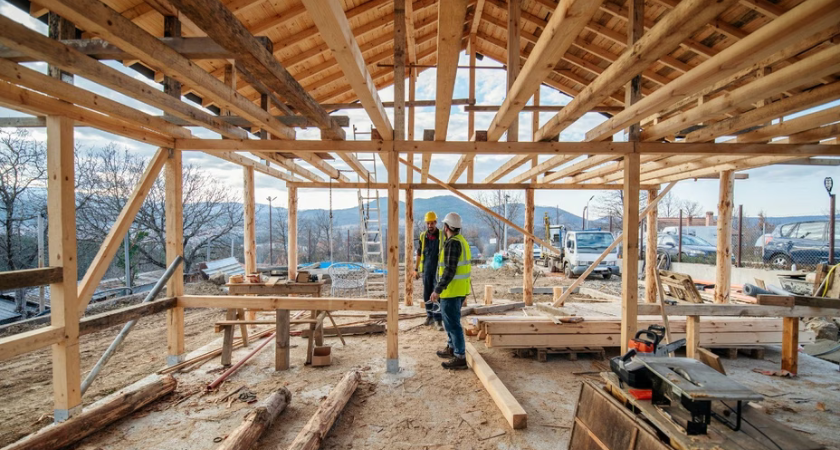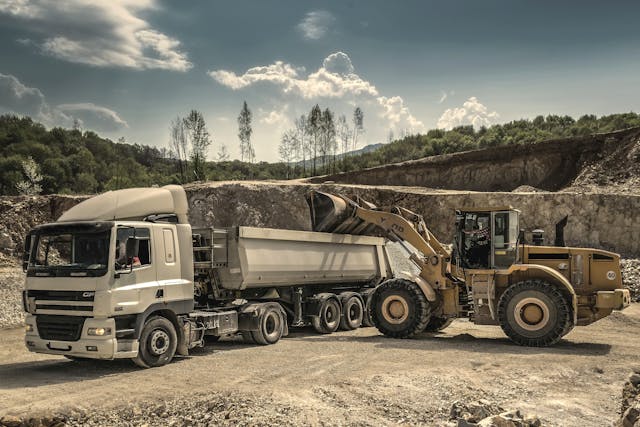
Montana’s reputation for open landscapes and small-town living now contrasts sharply with its tightening housing market, where demand, prices, and in-migration have surged far beyond the state’s capacity to build. According to the latest Realtor.com® State-by-State Housing Report Card, Montana received a D, signaling one of the steepest affordability declines in the nation and highlighting how deeply the state’s shortage has intensified.
The report, part of the Let America Build campaign, assesses how effectively states balance affordability and new construction. For Montana, rapid growth, limited inventory, and constrained development infrastructure have pushed homeownership far beyond what many working families can afford.
.jpg)
The housing shortage afflicting Montana mirrors the broader national crisis. President Donald Trump recently took aim at homebuilders for slowing production, accusing them of holding back developable lots and contributing to rising prices. On his Truth Social platform, he likened the practice to OPEC’s oil output controls.
“They’re my friends ... but now, they can get Financing, and they have to start building Homes. They’re sitting on 2 Million empty lots, A RECORD,” Trump wrote, urging Fannie Mae and Freddie Mac to step in and “get Big Homebuilders going” to “restore the American Dream.”
While federal pressure is intensifying, Montana’s crisis is uniquely shaped by regional migration and challenging development conditions.
With a total score of 35.2, Montana ranked near the bottom nationally. The state’s median listing price climbed to $634,523 in 2024, compared with a median household income of $69,683. Its Realtors Affordability Score—0.40, the lowest in the country—shows that very few homes fall within reach of middle-income buyers.
On the construction front, Montana accounted for 0.4% of national housing permits while representing roughly 0.3% of the U.S. population. Although this gives the state a permit-to-population ratio of 1.3, rising costs, infrastructure limitations, and slow project timelines have kept supply well below needed levels.
The new construction premium of 14.7% confirms that newly built homes remain out of financial reach for many local workers, even as demand accelerates.
Economists point out that Montana is feeling the direct impact of migration from high-priced states like California and Washington. Newcomers with larger budgets have flooded desirable areas, driving up competition in communities like Bozeman, Missoula, Hamilton, and the Flathead Valley.
National Realtor.com New Construction Insights show that new construction is helping cool affordability pressures across the U.S., with the median new-home price holding at $450,797, while resale prices rose 2.4%—a sign of narrowing price gaps.
But the West remains the region least able to benefit from these trends.
Across Western states, high land costs, strict zoning, costly utility extensions, and wide geographic constraints have increased building expenses. The report shows the West recorded the biggest decline in the share of new-construction listings despite the total number of homes under construction increasing. That mismatch reflects how material prices, tariffs, and infrastructure costs are inhibiting builders from delivering competitively priced homes.
In Montana, the problem is magnified. Popular metros are absorbing unprecedented growth, but water, sewer, road capacity, and available land haven’t kept pace—pushing prices upward and extending wait times for new development.

Governor Greg Gianforte has recognized the crisis as a statewide emergency, making housing supply reform one of his administration’s major priorities. The Home Ownership Means Economic Security (HOMES) Program, approved in 2023, focuses on removing one of the biggest bottlenecks to growth: inadequate infrastructure.
The program funds a revolving loan pool dedicated to expanding water and sewer systems—critical prerequisites for new housing subdivisions.
As Gianforte put it:
“The housing shortage is one of the biggest issues facing Montanans as supply has not kept up with demand. Through the HOMES Program, we’re giving home builders the resources they need to increase our supply of housing so that hardworking Montanans can live in the communities where they work.”
The initiative has already helped support nearly 1,000 new homes, and state leaders have proposed an additional $100 million to broaden the effort. Local governments, developers, and utility districts have signaled support, noting that infrastructure financing has long been a barrier, particularly in fast-growing rural counties.
However, even with these improvements, policymakers warn that reversing decades of underbuilding will take persistent investment and collaboration.
Montana may find guidance in national recommendations like the National Association of Home Builders’ Blueprint to Address the Housing Affordability Crisis, which calls for reducing regulatory barriers, stabilizing material supply chains, and streamlining permits.
These ideas align with long-term structural reforms that economists argue Montana must consider if it hopes to meet the growing demand.
As Shannon McGahn, executive vice president and chief advocacy officer at the National Association of Realtors®, noted:
“America is short more than 4.7 million homes, and every new home built helps close that gap while fueling local economies.”
She continued:
“NAR research shows that the U.S. has faced a persistent housing shortage for more than a decade, driving up prices and limiting options for buyers. Expanding housing supply creates jobs, supports small businesses, and affords families the opportunity to build generational wealth.”
Montana’s challenges reflect both its desirability and its growing pains. The question now is whether bold policies and sustained construction can help bring back balance—and whether the state can act quickly enough to keep housing within reach for the Montanans who call it home.
Originally reported by The Realtor. Com Team.